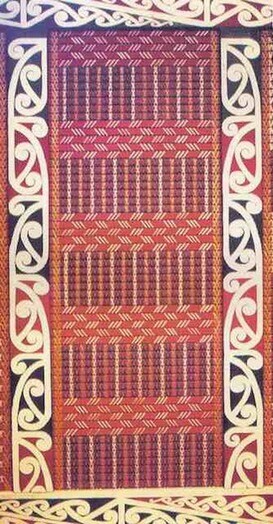GLOSSARY
- Missionary church - Te Hāhi Mihinare means the Missionary Church and is the name the Anglican Church was known by when the early missionaries arrived in New Zealand, and continues to be know by today.
- Te Hāhi Mihinare ki Aotearoa ki Nui Tireni, Ki Ngā Moutere o te Moana Nui a Kiwa is The Anglican Church in Aotearoa, New Zealand and Polynesia.
- Settler church - seen as Pākeha who settled in the area in early years
- Ngā Puhi - resident tribe of North Auckland
- Ngāti Porou - resident tribe of East Cost
- C.M.S. - the Church of Missionary Society
- Lay Catechist - a worship leader and teacher, not ordained (not a term now used)
- Lutheran - German denomination
- Peria - called this by Carl Sylvius Volkner because he was struck by the resemblance of his call to that of St Paul in the town of Berea, and Māori has no 'B' so he named the first mission station Peria.
- Pit sawn - Logs were laid over a large pit and sawn by hand with a cross cut saw, one man in the pit, one on top of the log.
- Koha - a gift
- Paimārire - The members of this faith believed that they were immune to bullets if, as they went into battle, they raised their right hands and shouted, "Paimārire.
- Hau! Hau! - The last two words became the common name of the Paimārire movement.
- Utu - an oath to take revenge for a perceived wrong.
- Whānau - the extended family.
- Raupatu - term used to describe the British Government's unlawful confiscation of Māori land.
- Tukutuku - hand waving with threads to make intricate patterns, each with a story.
- Tāniko - hand weaving with threads to make intricate patterns, each with a story.
- Sanctuary - the area immediately around the altar, usually railed off.
- Chalice - the cup used at Communion to share the wine.
- Paten - the plate on which Communion bread is placed.
Roimata-tona

